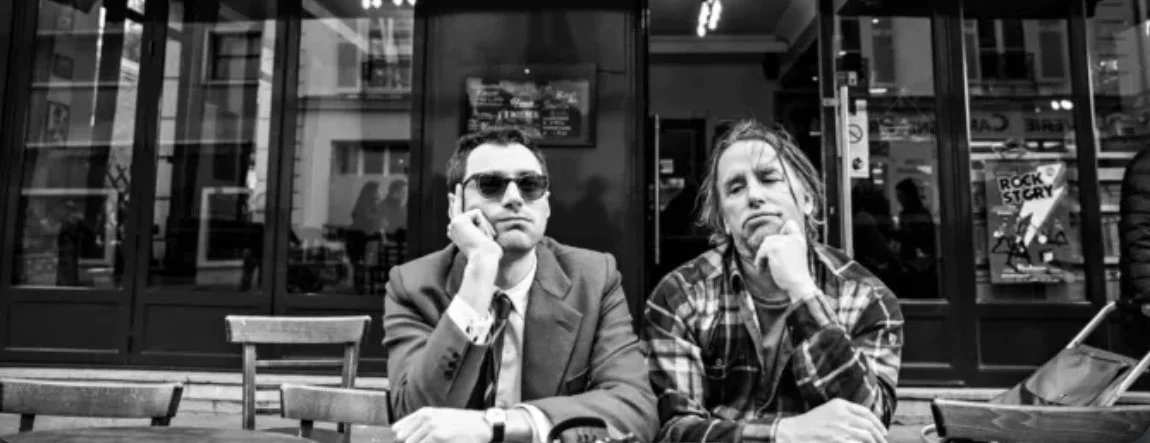There are pundits now calling “In The Heights” a box-office failure. The film earned a mediocre $4.9 million on Friday with Variety reporting an expected weekend tally of “just under $13 million.” Expectations were for the well-reviewed musical to garner $25-$35 million. Can you say bust?
Forbes’ Scott Mendelson explains its failure to ignite box-office decently well, stating “In the Heights sold itself as a celebration of Hispanic-American culture but had little else to offer (no stars, no high concept, no IP, etc.) to those who those who didn’t view such a noble sentiment as automatically ‘worth seeing in theaters. “In the Heights” could be another example of audiences acting in opposition to online media narratives.”
What Mendelson fails to mention, or reluctantly tries to avoid, is that, contrary to the rave reviews, “In the Heights” is also just not a very good movie. Championed for its inclusive casting and setting, but not that dramatically engrossing to begin with.
Fact of the matter is that Miranda is a coastal phenomenon. “Hamilton,” for all the unadorned hype and raves it garnered, was a New York City sensation, the rest of the U.S. couldn’t care less about what was happening on Broadway during its initial 2016 run. He’s part of a niche market, but the reason why Miranda is being propagated to elite status is due to the powerful hold New York and Los Angeles hold on the entertainment industry and the narrative that drives it.
You may have been told via Twitter, The New York Times and CNN that “In the Heights” was a great movie and was going to be a sensation, but those entities are absolutely clueless as to what most Americans desire in their entertainment. The sad part is that, for all the continuous Twitter-marketed failures that occur, these elite entities never learn, they will continue to push their agenda and hype up their next big thing.





